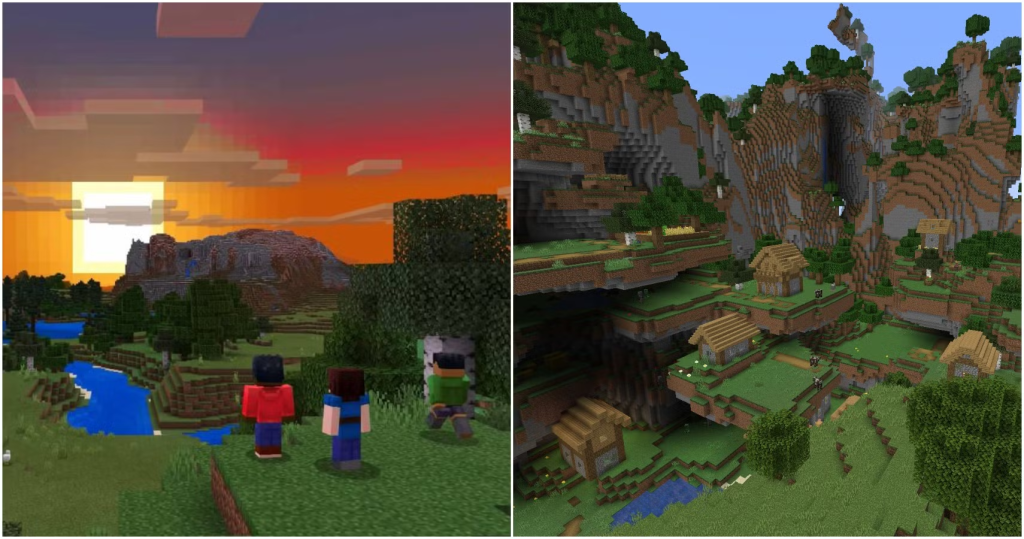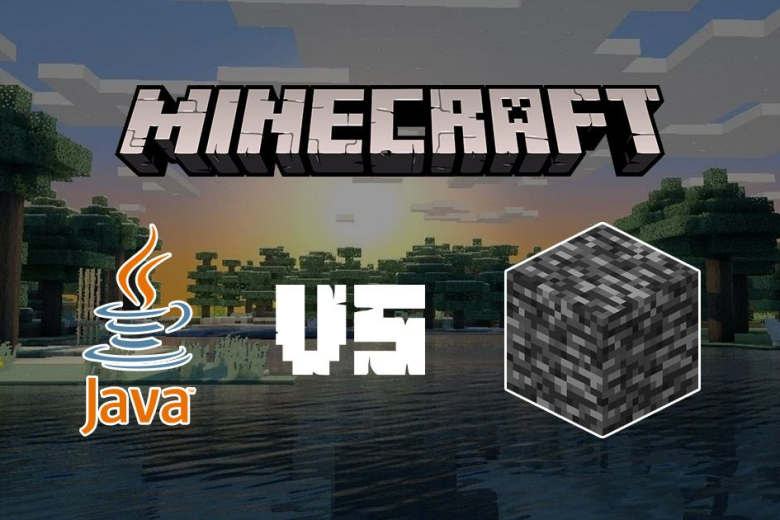Minecraft remains one of the most popular and expansive sandbox games available, offering limitless creativity and adventure. However, players often face the dilemma of choosing between Minecraft: Java Edition and Minecraft: Bedrock Edition. Both versions have their advantages and disadvantages, making it essential to understand their differences before diving in. This guide explores their key features, performance, multiplayer capabilities, and modding support to help you decide which version suits your playstyle best.

Key Differences Between Java and Bedrock Editions
| Feature | Java Edition | Bedrock Edition |
|---|---|---|
| Mods & Customization | ✅ Extensive mod support | ⚠️ Limited add-ons |
| Crossplay | ❌ No crossplay | ✅ Crossplay across platforms |
| Performance | ⚠️ Demanding on hardware | ✅ Optimized for various devices |
| Servers | ✅ Wide variety, community-hosted | ⚠️ Limited to official servers |
| Parental Controls | ⚠️ Basic settings | ✅ Robust parental controls via Xbox Live |
| Graphics & Shaders | ✅ Supports advanced shaders | ⚠️ Limited graphical enhancements |
| Controller Support | ❌ Requires mods for controllers | ✅ Native controller support |
| Price | ✅ $29.99 (includes both versions) | ✅ $29.99 (includes both versions) |
Modding and Customization
For players who enjoy modifying their game, Java Edition is the clear winner. It offers extensive mod support, allowing users to add new mechanics, biomes, and entire game overhauls. Bedrock Edition, while it has marketplace add-ons, does not provide the same level of deep customization due to its closed system.
Winner: Java Edition
Crossplay Compatibility
One of Bedrock Edition’s biggest advantages is its cross-platform functionality. Players can join friends across Xbox, PlayStation, Nintendo Switch, iOS, Android, and Windows. Java Edition, on the other hand, is limited to PC and cannot connect with Bedrock players.
Winner: Bedrock Edition
Performance and Hardware Requirements
Java Edition is known for its high hardware demands, requiring a decent PC to run smoothly, especially with shaders and large mods. Bedrock Edition, however, is optimized for multiple devices, making it more stable on lower-end hardware.
Winner: Bedrock Edition
Multiplayer and Servers
Both versions offer multiplayer, but the experience differs significantly. Java Edition features a wide range of community-hosted servers, providing custom game modes and experiences. Bedrock Edition has dedicated servers but lacks the same level of community-driven options.
Winner: Java Edition
Parental Controls
Parents looking for better control over their child’s gaming experience will appreciate Bedrock Edition’s integration with Xbox Live. It allows for enhanced parental settings, friend restrictions, and reporting tools. Java Edition lacks these built-in controls, making it less ideal for younger players.
Winner: Bedrock Edition
Graphics and Visual Enhancements
Java Edition supports various shaders and texture packs, allowing for stunning graphical improvements. Bedrock Edition includes ray tracing on select devices but does not offer the same range of enhancements as Java.
Winner: Java Edition

Controller and Input Options
While Java Edition primarily supports mouse and keyboard, Bedrock Edition features full controller support on all platforms without additional software.
Winner: Bedrock Edition
Final Verdict: Which Version Is Right for You?
- Choose Java Edition if you want extensive mods, community servers, and advanced graphical enhancements.
- Choose Bedrock Edition if you prioritize crossplay, better performance on lower-end hardware, and easier parental controls.
With the current bundle offering both editions for a single price, players now have the flexibility to experience the best of both worlds. No matter which version you choose, Minecraft remains an endlessly creative and engaging adventure!
